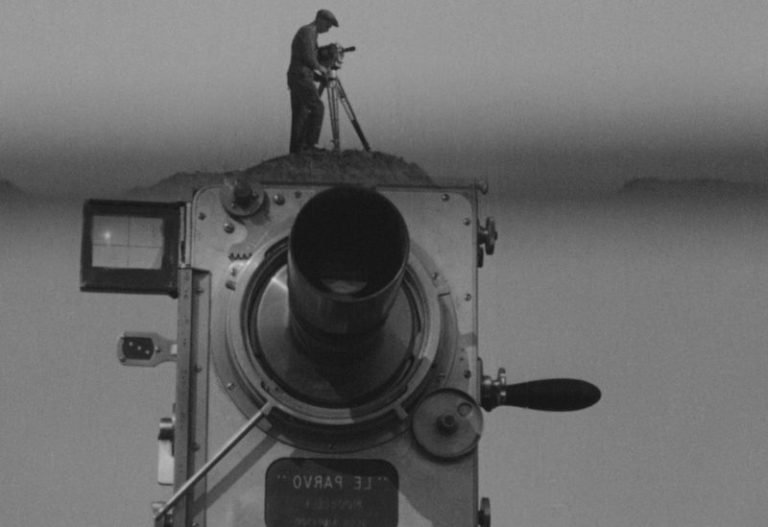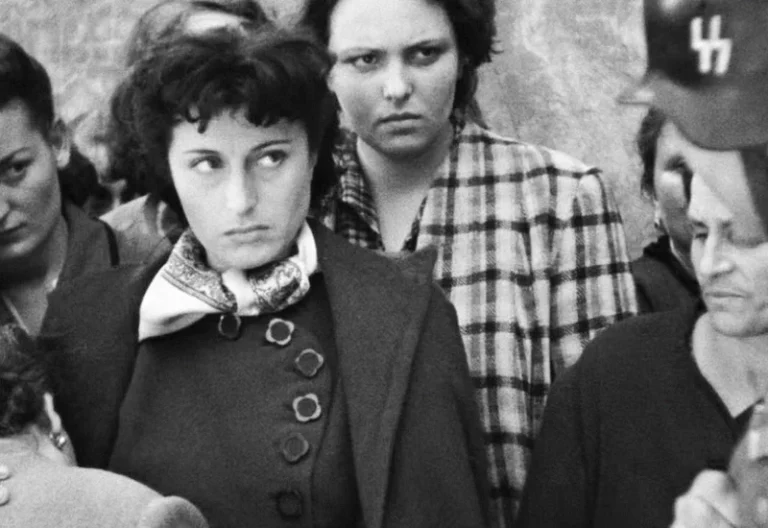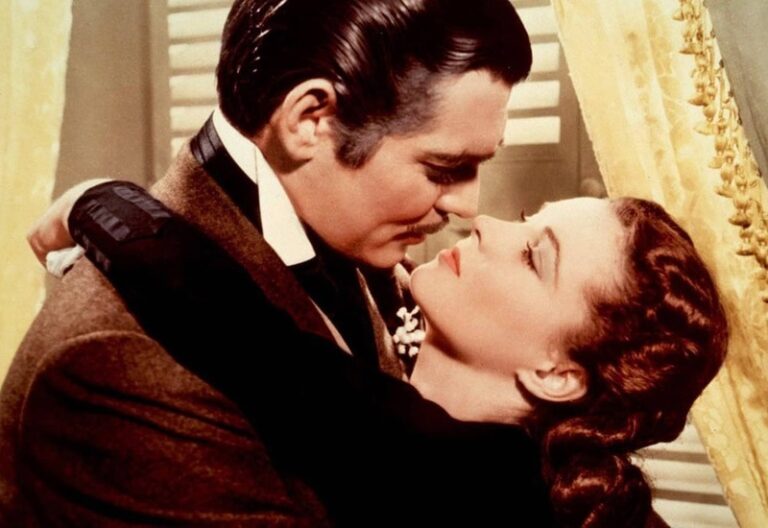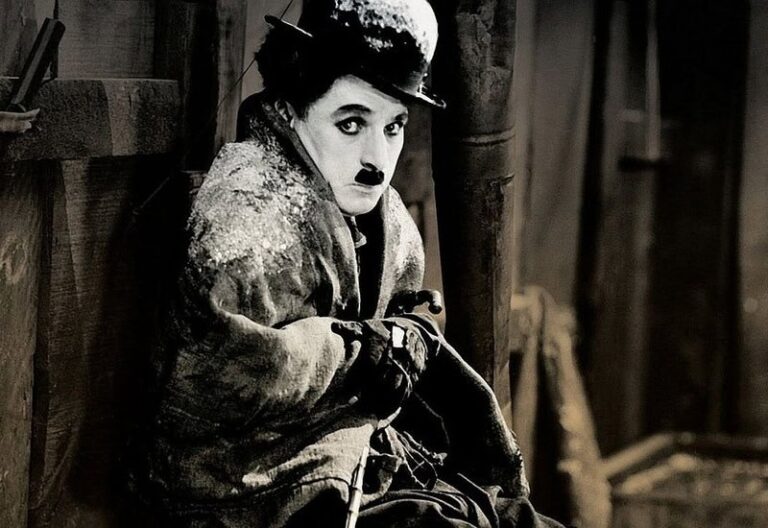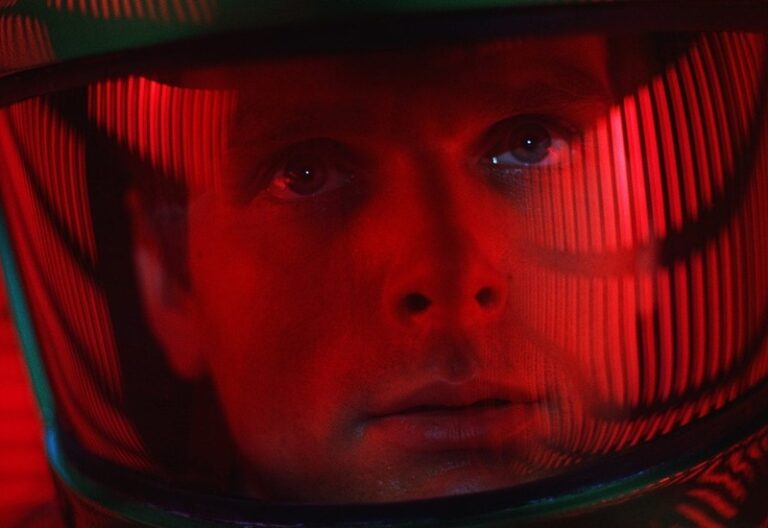cinema of attractions
est. 1895 – 1910s
The Cinema of Attractions refers to an early style of filmmaking, popular in the late 19th and early 20th centuries, that prioritized spectacle and visual novelty over storytelling. Coined by film scholar Tom Gunning, the term highlights this thrilling and transformative period in film history, when movies were designed to surprise and captivate audiences through their sheer technological and artistic innovation.
Published by: CinemaWaves Team | Filed Under: Film Movements
Defining
the Cinema of Attractions
Unlike narrative cinema, which prioritizes storytelling, the Cinema of Attractions aims to astonish and amuse viewers. These films were typically short, just a few minutes long, featuring (for its time) breathtaking stunts, optical illusions, and special effects. These early films were a precursor to modern-day blockbusters, creating a sense of awe and excitement that remains an important part of cinema.
At its core, the Cinema of Attractions was all about creating a visceral experience. Audiences flocked to theaters to witness the magic of moving images on a large screen for the very first time, and filmmakers capitalized on this curiosity by showcasing their technical prowess.
Films included elements of live performance, and were accompanied by live music, narration, and sound effects. This combination of moving images and live elements turned cinema into a multifaceted event, making it an unforgettable experience. The theatricality of these early films can be seen as a continuation of the traditions of vaudeville and magic shows, where the goal was to entertain and astonish.
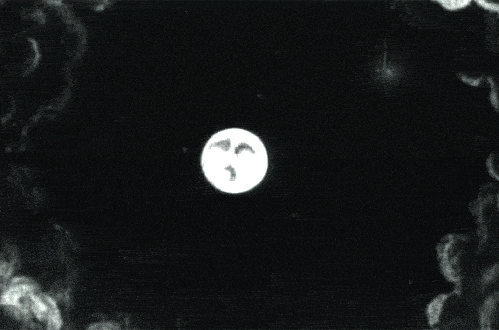

Key Characteristics
of This Era
Direct Address to the Audience: Early cinema acknowledged the viewer’s presence, with actors and performers looking directly into the camera or interacting with it. This broke the illusion of a self-contained world, engaging audiences in a way that later narrative films would avoid.
Spectacle Over Story: Films were not primarily concerned with structured storytelling but instead focused on showcasing extraordinary visuals, everyday life, or cinematic tricks. Many of the first motion pictures simply presented real-world events in motion, fascinating audiences with the novelty of the moving image.
Focus on Technological Innovation: Filmmakers experimented with motion, editing, and special effects to showcase the possibilities of the new medium. Techniques like stop-motion, jump cuts, and superimpositions, allowed for illusions that amazed pushed the boundaries of visual storytelling.
Exhibitionist Mode: Many early films resembled live performances, featuring magic acts, circus stunts, or scenic views designed purely to entertain. These films treated cinema as a spectacle, much like a carnival attraction.


Pioneers of
the Cinema of Attractions
One of the most famous examples from this era is the Lumiere Brothers’ “Arrival of a Train at La Ciotat” (1895), which depicts a steam locomotive approaching a stationary camera. Though the scene is basic by today’s standards, it had a great impact on people at the time, many of whom were reportedly startled by the life-like movement of the train, fearing it would burst through the screen. This film exemplified the raw power of motion and visual realism that cinema can offer.
Visionaries such as Georges Melies, celebrated for his groundbreaking masterpiece “A Trip to the Moon” (1902), took audiences on a captivating 14-minute odyssey, immersing them in a fantastical and visually mesmerizing expedition with a group of astronomers on their ambitious quest to reach the surface of the Moon. The film’s pioneering use of effects, such as stop motion animation, hand-painted color, and double exposure, still captivates audiences today. Not only does it highlight Melies’ creative genius, but it also underscores humanity’s early fascination with space.
Another notable figure in this era was Edwin S. Porter, who directed “The Great Train Robbery” (1903), a film that introduced continuity editing and created the foundation for eventual narrative cinema. However, even in this narrative-infused film, elements of the Cinema of Attractions could be seen in its action sequences and thrilling train robbery scenes.
Moving Beyond Spectacle
The cinema of attractions played a crucial role in shaping film history, emphasizing spectacle, technological innovation, and direct audience engagement before narrative filmmaking took over. As storytelling became dominant in the 1910s, elements of spectacle remained, influencing action films, musicals, and horror while also inspiring techniques like breaking the fourth wall and self-referential storytelling.
Despite the rise of narrative cinema, the cinema of attractions persists in modern filmmaking, particularly in Hollywood blockbusters driven by CGI and grand spectacle. Directors like James Cameron and Christopher Nolan push technological boundaries, while experimental filmmakers like Gaspar Noe reject linear storytelling in favor of sensory immersion. The rise of IMAX, and 3D further echoes early cinema’s emphasis on visual wonder, turning audiences into active participants in cinematic experiences.
In many ways, contemporary cinema has come full circle, reaffirming the power of visual wonder that first captivated audiences in the late 19th and early 20th centuries.
Refer to the Listed Films for the recommended works associated with the movement. Also, check out the rest of the Film Movements on our website.
In the early 20th century, a cinematic revolution was brewing in the Soviet Union. A group of visionary filmmakers, collectively known as the Soviet Montage School, gathered…
German Expressionism stands out as one of the most distinctive styles in the era of silent film. Expressionism, as an artistic movement, originally emerged in poetry and…
In the aftermath of World War II, Italy was a country in ruins, both physically and economically. Amidst the rubble and despair, a group of visionary filmmakers arose to…
The Golden Age of Hollywood refers to the period between the late 1920s and the early 1960s when the American film industry was at its peak in terms of creativity, influence, and…
Silent films, originating in the late 19th century, represent the foundation of modern cinema. Characterized by their lack of synchronized sound, these films relied on visual storytelling…
Film theory is the academic discipline that explores the nature, essence, and impact of cinema, questioning their narrative structures, cultural contexts, and psychological…

